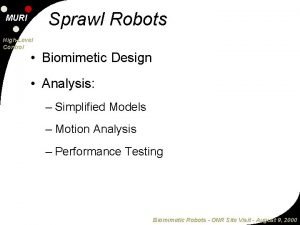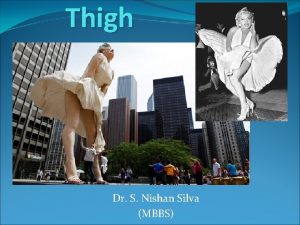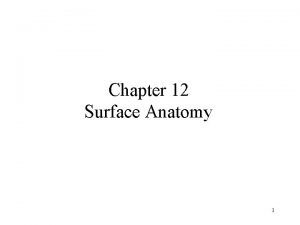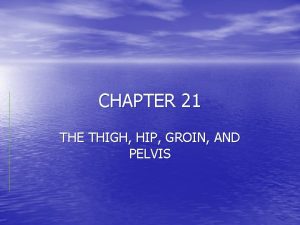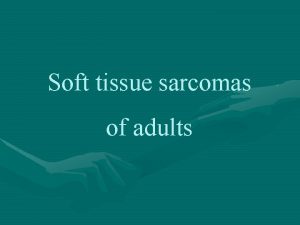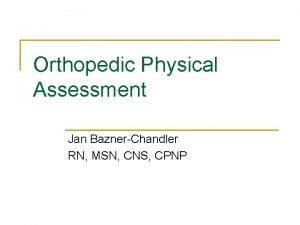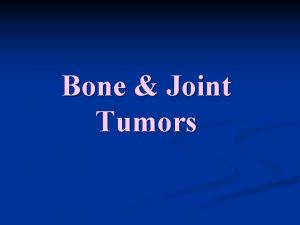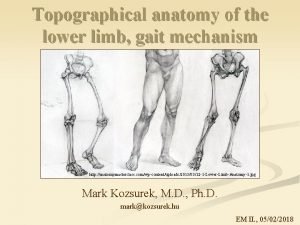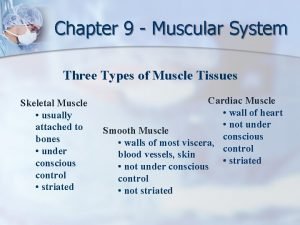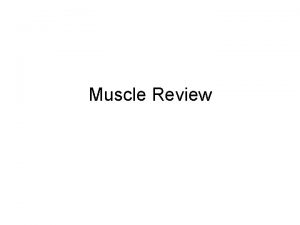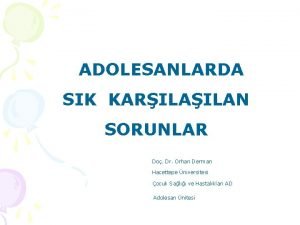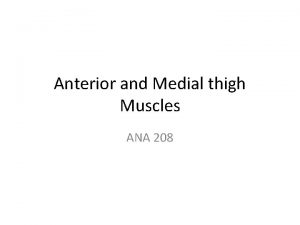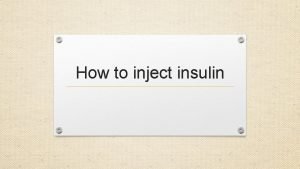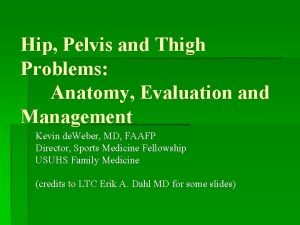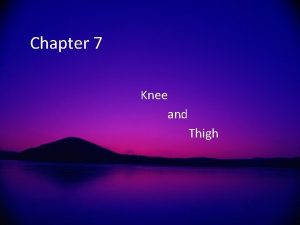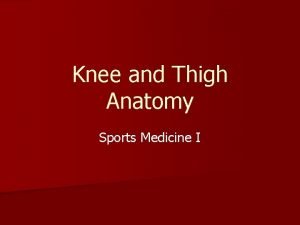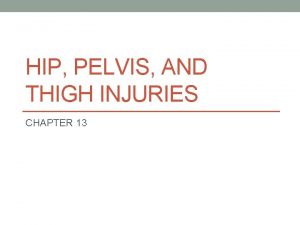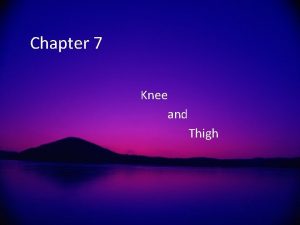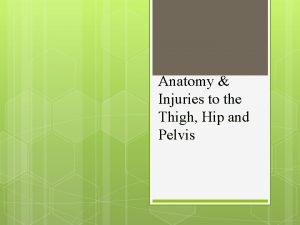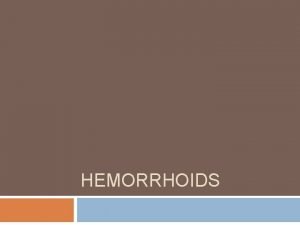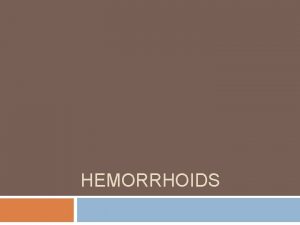Thigh Anatomy Of The Thigh The thighs are

















- Slides: 17

Thigh

Anatomy Of The. Thigh • The thighs are composed of numerous muscles including the quadriceps (rectus femoris, rectus medialis, rectus lateralis, and rectus intermedialis). These muscles extend the knee and (rectus femoris only) help to flex the hip. • The thighs also are made up of the hamstring muscles (biceps femoris, semitendinosus, and semimembranosus). These muscles help to flex the knee joint. Also included in the leg group are the adductor muscles, the abductor muscles, the glutes, gracillus, and sartorius.

Hamstrings • are actually comprised of three separate muscles: the Biceps Femoris, Semitendinosus and Semimembranosus. • These muscles originate just underneath the Gluteus Maximus on the pelvic bone and attach on the tibia. • The Hamstrings are primarily fast-twitch muscles, responding to low reps and powerful movements.

• primary functions of the Hamstrings are knee flexion (bringing the heel towards the buttocks) and hip extension (moving the leg to the rear). • Semitendinosus and Semimembranosus: also known as the medial hamstrings. They cross the hip and the knee joint and are therefore involved in extending the hip and flexing the knee. They also assist in turning the knee inward (medial rotation). • Biceps Femoris: also known as the leg biceps. Similar to it's cousin, the biceps brachii, as well as it's name suggests, the biceps femoris consists of two heads: the long and the short head. The long head crosses both the hip and the knee joint and is involved in extending the hip and flexing the knee. The short head only crosses the knee joint and is only involved in flexing the knee. Both heads assist in turning the foot outward (lateral rotation of the knee)

Posterior Thigh

Leg Curls Straight Leg Deadlifts

The quadriceps femoris (quadriceps extensor, or quads) • includes the four muscles on the front of the thigh. It is the great extensor muscle of the leg, forming a large fleshy mass which covers the front and sides of the femur. It is subdivided into separate portions, which have distinctive names. • the middle muscle: is the rectus femoris. • The other three lie in immediate connection with the body of the femur, which they cover from the trochanters to the condyles: – The muscle on the lateral side of the femur is termed the vastus lateralis. – The muscle covering the medial side is termed the vastus medialis. – The muscle in front is termed the vastus intermedius.

The quadriceps main function is to extend the leg at the knee. This occurs during activities such as running, jumping, kicking and walking. Anterior Thigh

• Squat Lunges Leg Extension Leg Press Quadricep stretch

abductor muscles • a group of four muscles located in the buttocks region on both sides of the body. Their names are: 1) Gluteus Maximus, 2) Gluteus Medius, 3) Gluteus Minimus, and 4) Tensor Fascia Lata

Abductor Function • to abduct or separate your legs away from the midline of the body. This occurs during any athletic movement requiring you to move from side to side such as playing the infield in baseball, defense in basketball and football, and ice skating.

Sartorius/Gracilis Sartorius is a strap muscle which runs obliquely across the front of the thigh. It is the longest muscle in the body. It runs from the anterior superior iliac spine to the medial surface of the shaft of the tibia Sartorius flexes both the hip and knee joints and laterally rotates the thigh: when these movements are carried out simultaneously in both limbs, a cross-legged position will result (sartor = a tailor).

Gracilis is the most superficial muscle on the medial side of the thigh. It is thin and flattened, broad above, narrow and tapering below. It arises by a thin aponeurosis from the anterior margins of the lower half of the symphysis pubis and the upper half of the pubic arch. The fibers run vertically downward, and end in a rounded tendon, which passes behind the medial condyle of the femur, curves around the medial condyle of the tibia, where it becomes flattened, and is inserted into the upper part of the medial surface of the body of the tibia, below the condyle.


Adductor Muscles: adductor brevis, adductor longus, adductor magnus, pectineus, and gracilis



